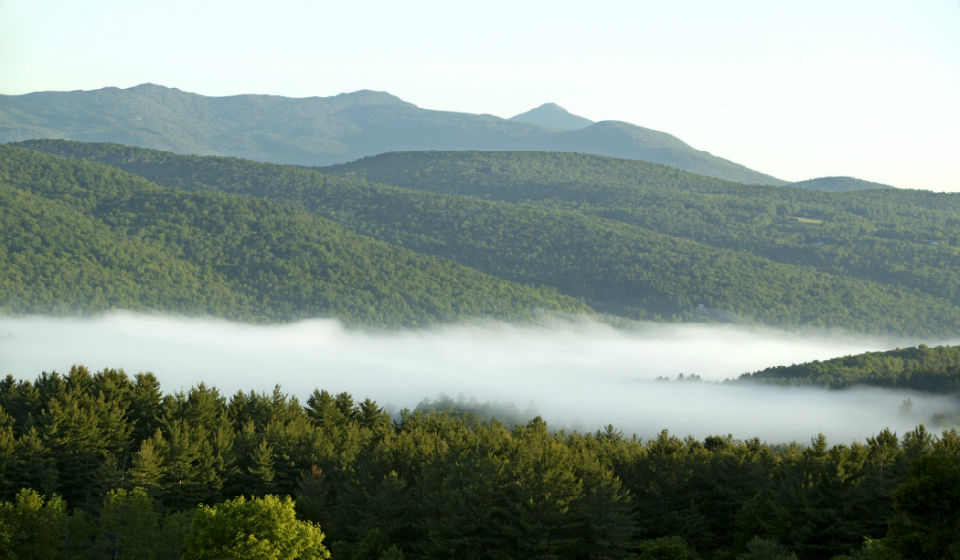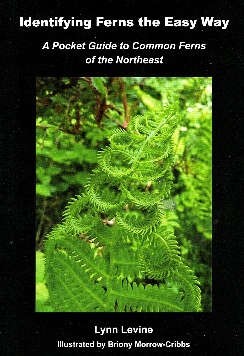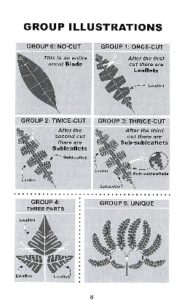Book Review: Identifying Ferns the Easy Way
Author:Allen Yale | Organization:Tree Farmer and Committee Member | Date:June 1, 2019Lynn Levine. Identifying Ferns the Easy Way: A Pocket Guide to Common Ferns of the Northeast. Abington,Va: Heartwood Press, 2019. 24 Pp. $10.95.
How many times have you walked in your woods and, seeing a fern, thought: “I wish I knew what that fern is called.” Now author Lynn Levine and illustrator Briony Morrow-Cribs have provided a guide to help you identify twenty-seven ferns common to the northeastern United States.
When I began to write this review, I checked my bookshelf and found that I already had three references for fern identification. One, Parker’s How to Know the Ferns, had over two-hundred pages and first published in 1899. The second, Common Ferns of Vermont, was produced by the Vermont Agency of Natural Resources in 1995. The last was a single sheet the size of a playing card printed on both sides. This last one was encapsulated in plastic. In my opinion Identifying Ferns the Easy Way has distinct advantages over the other three.
The best identification guides lead the observer from the specimen he/she is observing systematically through the guide until they have reached the best identification. Levine does an excellent job of helping the observer narrow down the choices until they reach an identification. Most ferns manifest as single stem or stems growing from the root. The upper part of the stem has leaflets coming off the stem, sort of like the leaflets on the compound leaves of an ash tree or butternut. Levine has divided ferns into five groups. Twenty two of the twenty-seven ferns illustrated in this booklet have this feature. So how does one tell the difference? If these leaflets have fairly smooth edges, they are called “once-cut.” If the leaflets have cuts into the edges, or subleaflets, it is known as “twice cut.” If these subleaflets are again cut, into subsubleaflets, it is “thrice cut.” This accounts for three of Levine’s groups. Levine’s fourth group, which she calls “three parts,” the stem has two side stems. Her fifth group is for ferns that do not fit into any of the previous four groups. This she calls “unique.”
Once one has determined which group the specimen belongs to, one then proceeds to the “silhouettes” section (pages 10-17). Here ferns are arranged by group with a silhouette for each fern in that group. In the largest group, “twice-cut,” she has divided them into those which grow in vase-like clusters and those that do not.
From your guess of the silhouette, then proceed to the pages listed under the silhouette to the pair of pages which provide text and a more detailed illustration of the particular fern. The text identifies where it grows, further tips on identification, other ferns with which it may be confused (with reference to pages where these are found), and interesting notes.
This guide provides a well-organized system for helping identify ferns. What makes it especially helpful are the excellent illustrations by Briony Morrow-Cribbs. These are key to the usefulness of the guide and assist one’s move from step to step on the journey of identification. Included are several examples to let the readers judge for themselves.
If I had one criticism, the booklet’s subtitle refers to it as a “pocket” guide. While it will fit in the rear pocket of your jeans, or the side pocket of you jacket, I wish it was slightly narrower so that it would fit in the breast pocket of a shirt.
Why should a woodlot owner learn to identify ferns? The species of a fern in a specific location often is an indicator of other conditions of that place. Some ferns are found in wetlands (Crested Wood Fern), while others favor less wet soils (Christmas fern). Some indicate calcium rich areas (Maidenhair Spleenwort); others rich shaded soils, often with calcium bedrock (Maidenhair fern). Besides, it just adds another layer of enjoyment to your woods walks knowing how to identify ferns.
Once the snow melts and the ferns have reappeared, I will again head into my woodlot to try to sharpen my fern identification skills.
Allen Yale is a member of the Vermont Tree Farm Committee who is looking forward to “rambling” through his woodlot in Derby looking for ferns.




